COMPOSER PROFILE REPORT
Ives
Charles Edward
United States
 |
| Danbury, Connecticut |
1874-1954
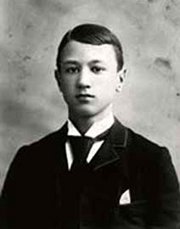 |
| Charles Ives, 1889 |
VARIATIONS ON 'AMERICA'
Played (as originally written) on the organ
Virgil Fox, Organ
Played (as originally written) on the organ
Virgil Fox, Organ
(from William Schuman's orchestration of
E. Power Biggs's edition of
Ives's variations for organ)
Timothy Foley, Director
"President's Own" United States Marine Band
| Jasper Johns: Three Flags, 1958 |
An early work written at seventeen for organ;
it would find considerable popularity after Ives
died. His Variations on America (1891;
additions before 1894) is the earliest polytonal
(the simultaneous use of two or more keys in a
musical composition) piece known.
it would find considerable popularity after Ives
died. His Variations on America (1891;
additions before 1894) is the earliest polytonal
(the simultaneous use of two or more keys in a
musical composition) piece known.
The Country Band March is about amateur
musicians trying to play their best. Some of
the players haven’t learned their parts very
well and can't always stay in tune, so they
start playing a tune that they do know instead.
The result is a crazy hodge-podge of sound
that includes recognizable tunes such as
"London Bridge" and "Yankee Doodle" along
with passages in which the marchers get out
of step and lose their places. Listen at the
end for the saxophone player who forgets
to cut off with everyone else!
musicians trying to play their best. Some of
the players haven’t learned their parts very
well and can't always stay in tune, so they
start playing a tune that they do know instead.
The result is a crazy hodge-podge of sound
that includes recognizable tunes such as
"London Bridge" and "Yankee Doodle" along
with passages in which the marchers get out
of step and lose their places. Listen at the
end for the saxophone player who forgets
to cut off with everyone else!
STRING QUARTET NO. 1
"From the Salvation Army"
Movement I (Chorale)
Concord String Quartet
"From the Salvation Army"
Movement I (Chorale)
Concord String Quartet
The Salvation Army is a Christian charity
and church that is internally organized like
a military service. The Salvation Army Band
refers to a brass band for a Corps of the
Salvation Army. It integrates gospel hymns,
of the kind Ives grew up hearing in camp
meetings, with the forms, textures, and
thematic manipulation of European-
Romantic music. Here Ives first suggests
the direction of his maturity: mediation
between American and European elements,
and between "high" and "low" art.
and church that is internally organized like
a military service. The Salvation Army Band
refers to a brass band for a Corps of the
Salvation Army. It integrates gospel hymns,
of the kind Ives grew up hearing in camp
meetings, with the forms, textures, and
thematic manipulation of European-
Romantic music. Here Ives first suggests
the direction of his maturity: mediation
between American and European elements,
and between "high" and "low" art.
THE UNANSWERED QUESTION
Morton Gould, Conductor
Chicago Symphony Orchestra
Morton Gould, Conductor
Chicago Symphony Orchestra
 |
| Gerald Shepard: http://pictify.com/8083/the-unquestioned-answer-charles-ives-number-one |
 |
A trumpet repeatedly poses "the eternal
question of existence" against a haunting
background of strings, finally to be answered
by an eloquent silence. By that work of 1906,
Ives was over half a century ahead of his time,
writing in collage-like planes of contrasting
styles. In The Unanswered Question (composed
before 1908), a string quartet or string orchestra
repeats simple harmonies; placed apart frombefore 1908), a string quartet or string orchestra
them, a trumpet reiterates a question-like theme
that is dissonantly and confusedly commented
upon by flutes (optionally with an oboe or a clarinet).
THREE PLACES IN NEW ENGLAND
I: The "Saint Gaudens"
I: The "Saint Gaudens"
in Boston Common
Howard Hanson, Conductor
Eastman-Rochester Orchestra
Howard Hanson, Conductor
Eastman-Rochester Orchestra
THREE PLACES IN NEW ENGLAND
II: Putnams' Camp
Howard Hanson, Conductor
Eastman-Rochester Orchestra
Howard Hanson, Conductor
Eastman-Rochester Orchestra
THREE PLACES IN NEW ENGLAND
III: Housatonic
Places in New England (also titled
First Orchestral Set and A New
England Symphony; 1903–14), the
music gives the effect of two bands
approaching and passing each other,
each playing its own melody in its own
key, tempo, and rhythm.
First Orchestral Set and A New
England Symphony; 1903–14), the
music gives the effect of two bands
approaching and passing each other,
each playing its own melody in its own
key, tempo, and rhythm.
LITERATURE
Baum, L. Frank
(1856-1919)
(1856-1919)
The Wizard of Oz
1900
1900
London, Jack
(1876-1916)
(1876-1916)
The Call of the Wild
1903
1903
The story is about Buck, a powerful dog,
half St. Bernard and half sheepdog,
who lives on an estate in California's
Santa Clara Valley. He leads a
comfortable life there, but it comes to
an end when men discover gold in the
Klondike region of Canada and a great
demand arises for strong dogs to pull
sleds. Buck is kidnapped by a gardener
on the estate and sold to dog traders,
who teach Buck to obey by beating him
with a club and, subsequently, ship him
Sinclair, Upton
(1878-1968)
(1878-1968)
The Jungle
1906

1906
Upton Sinclair's "The Jungle" is a vivid
portrait of life and death in a turn-of-the
-century American meat-packing factory.
A grim indictment that led to government
regulations of the food industry.
portrait of life and death in a turn-of-the
-century American meat-packing factory.
A grim indictment that led to government
regulations of the food industry.
MUSIC
Piano Rags
Rhapsody in Blue
This Land is Your Land

Show Boat (Musical)
1927
1927
HISTORY
The heaviest president at 332 pounds, Taft
struggled all his adult life with a weight problem.
He got stuck in the White House bathtub and
had to have an oversized version brought
in for his use.
struggled all his adult life with a weight problem.
He got stuck in the White House bathtub and
had to have an oversized version brought
in for his use.
 |
| Taft's White House Bathtub |
President Taft was the only ex-
president to be a judge (Chief Justice)
on the Supreme Court.
ART

 |
| Norman Rockwell: The Gossip |
 |
| Freda Kahlo: Viva La Vida |
.jpeg)
.jpeg)
.jpeg)
NAME SOME FAMOUS HISTORICAL,
SCIENTIFIC, AND OR LITERARY HAPPENINGS
THAT TOOK PLACE DURING THIS
COMPOSER'S LIFETIME
| Frederic Remington: Charge of the Rough Riders at San Juan Hill |
Spain relinquished all claim of sovereignty
over Cuba, ceded Guam, Puerto Rico, and
other islands to the United States, and
ceded the Philippines to the United States
for a payment of $20 million.
over Cuba, ceded Guam, Puerto Rico, and
other islands to the United States, and
ceded the Philippines to the United States
for a payment of $20 million.
A period of military conflict between North
Korean and South Korean regimes, Both
Koreas were attempting to re-unify Korea
under their respective governments, with
both sides supported by external powers.
This conflict was then expanded by the United
States and the Soviet Union's involvement as
part of a proxy war in the greater Cold War.
Korean and South Korean regimes, Both
Koreas were attempting to re-unify Korea
under their respective governments, with
both sides supported by external powers.
This conflict was then expanded by the United
States and the Soviet Union's involvement as
part of a proxy war in the greater Cold War.
This film portrayed a train robbery
and the pursuit and capture of the
robbers. The 11 minute Western
became a sensational hit.
and the pursuit and capture of the
robbers. The 11 minute Western
became a sensational hit.
 |
| http://demianlabs.com/lab/post/an-industry-thats-left-behind/ |
In 1908 the first Model T Ford model cost $825.
Titanic Sinks
1912
Mickey Mouse First Cartoon
1928
.jpeg)
.jpeg)
.jpeg)
DESCRIBE WHAT YOU THINK
THIS COMPOSER'S OVERALL
COMPOSITIONAL STYLE IS
AND WHAT IS DISTINCTIVE ABOUT IT
Mostly modern classical music known for a number
of innovations that anticipated most of the later
musical developments of the 20th century.
Over time, Ives would come to be regarded as one
of the "American Originals," a composer working
in a uniquely American style, with American tunes
woven through his music, and a reaching sense
Ives's music is intimately related to American culture
and experience, especially that of New England.
His compositions employ sharp dissonance,
polytonal harmonies, and polymetric constructions.
He experimented with tone clusters, microtonal
intervals, and elements of chance in music (in one
bassoon part he directs the player to play whatever
he wants beyond a specific point).
He believed that all sound is potential music.
His music foreshadowed virtually every major
musical innovation of the 20th century.
MISCELLANEOUS COMMENTS
Was better known in his lifetime as a successful
insurance salesman. Few of his works were
publicly performed before he stopped
composing in 1930.
insurance salesman. Few of his works were
publicly performed before he stopped
composing in 1930.
 |
| George Ives (Charles' father) |
was a bandmaster and musical experimenter,
exploring tone clusters, quarter tones, acoustics,
and multiple tonalities at a time long before
composing trends embraced such techniques.
.jpg)
Instead of earning a living as a musician or
composer, Ives took a different path that led him
into one of the most difficult and unconventional
lifestyles of any major composer: working as an
insurance salesman at his own firm, the Ives-
Myrick Insurance Agency in New York City.
exploring tone clusters, quarter tones, acoustics,
and multiple tonalities at a time long before
composing trends embraced such techniques.
.jpg)
Instead of earning a living as a musician or
composer, Ives took a different path that led him
into one of the most difficult and unconventional
lifestyles of any major composer: working as an
insurance salesman at his own firm, the Ives-
Myrick Insurance Agency in New York City.
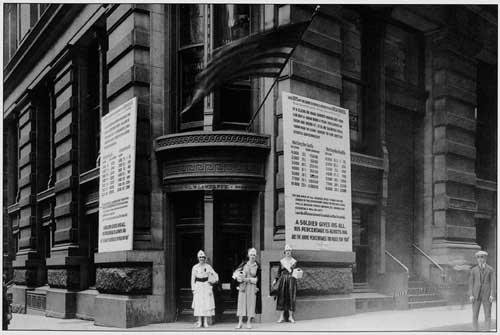 |
| The offices of Ives & Myrick Insurance Agency, at the corner of Nassau and Liberty Streets, New York City. |
The way in which Ives pursued his goal of a
democratic art (freedom to create his art in
his own way) was by making a fortune in
the life insurance business.
As Ives put it, if a composer "has a nice wife
and some nice children, how can he let
them starve on his dissonances?"
For twenty years the nearly unanimous
reaction of musicians to his music was
somewhere between laughter and outrage.
But since he did not care whether anyone
heard his pieces or not, he never tried to
please anyone else with his music and
wrote as he liked.
Today, he is widely regarded as one of the
first American classical composers of
international significance.

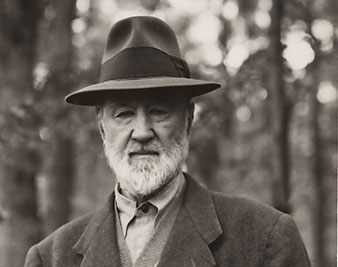
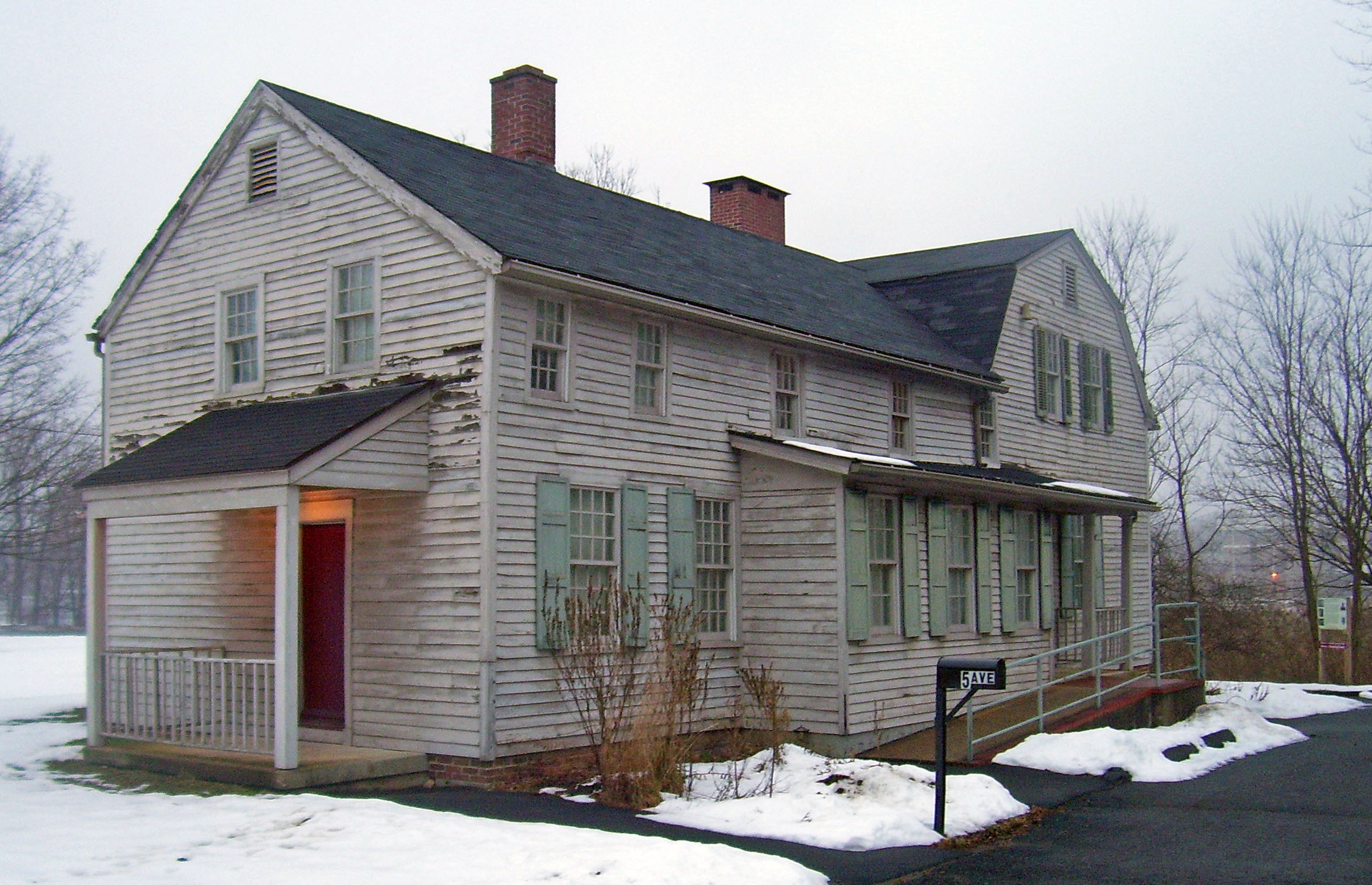
.jpg)
.PNG)
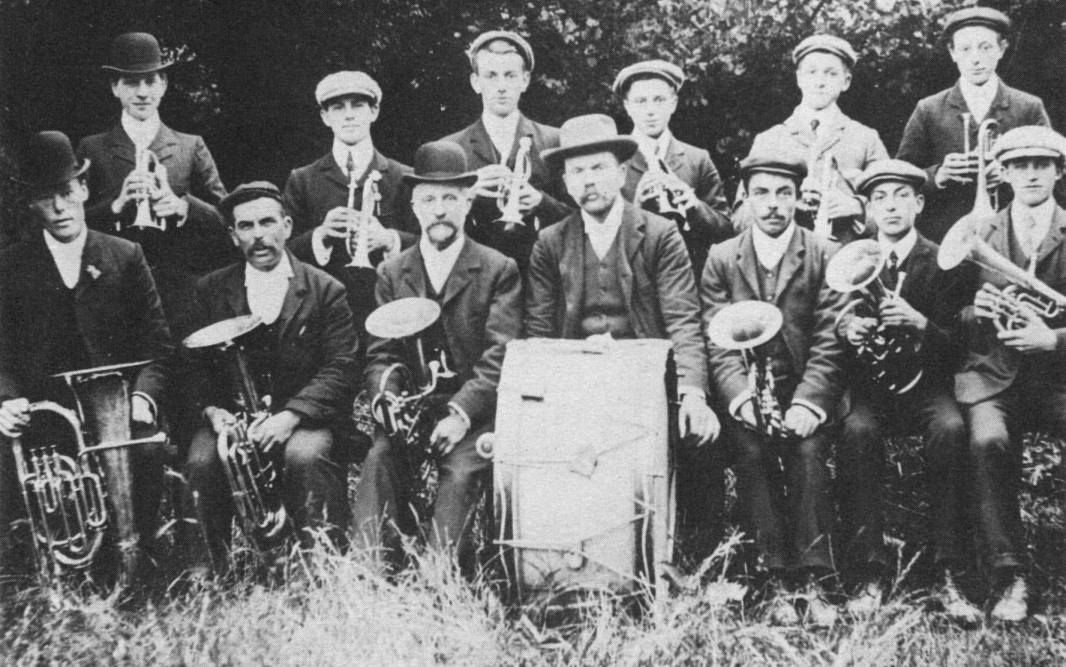
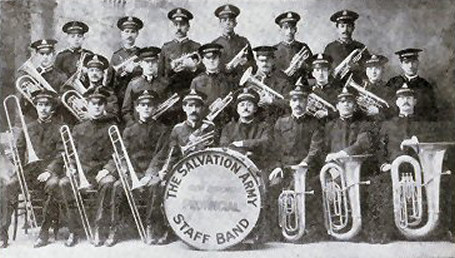








.jpg)
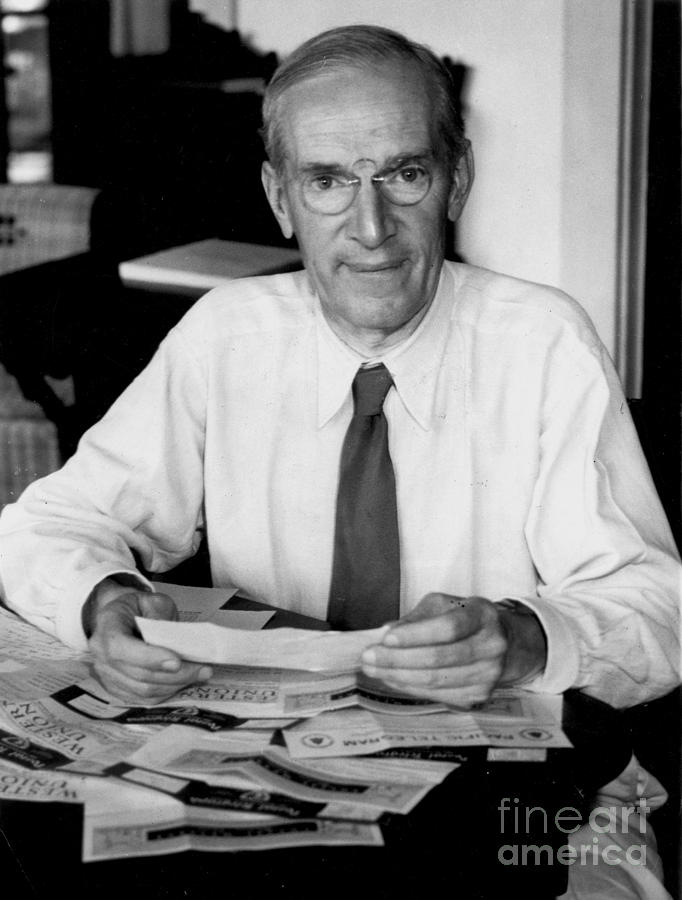
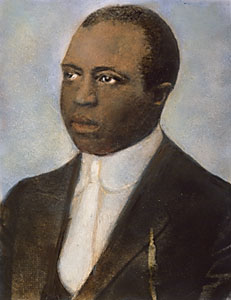








.jpg)
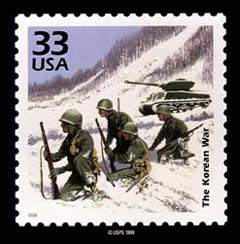
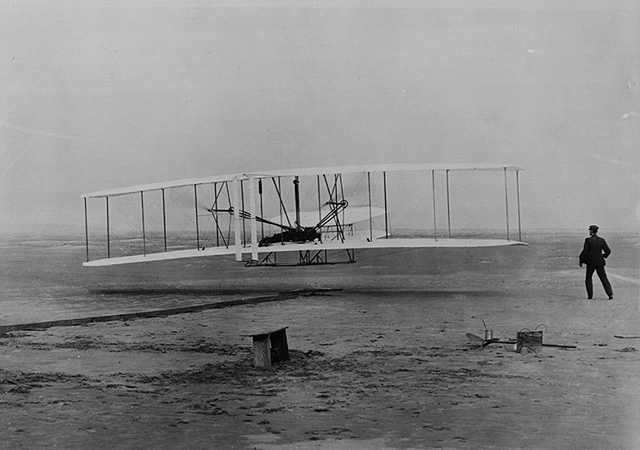
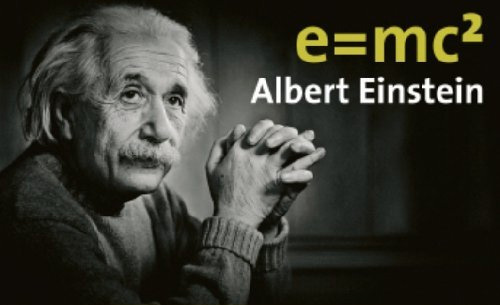

![KNICKERS: Knickerbockers are a form of men's or boys' baggy-kneed trousers particularly popular in the early 20th century United States. Until after World War I, in many anglophone countries, boys customarily wore short pants in summer and knickerbockers or "knickers" (or "knee pants") in winter. At the onset of puberty, they graduated to long trousers. In that era, the transition to "long pants" was a major rite of passage.[Wikipedia] Leon and Clement in their "Knickerbocker" short pants.](https://s-media-cache-ak0.pinimg.com/736x/18/bf/77/18bf772547ed67d38cb7b3cb2bdcb57f.jpg)
.jpg)
.jpg)
.jpg)